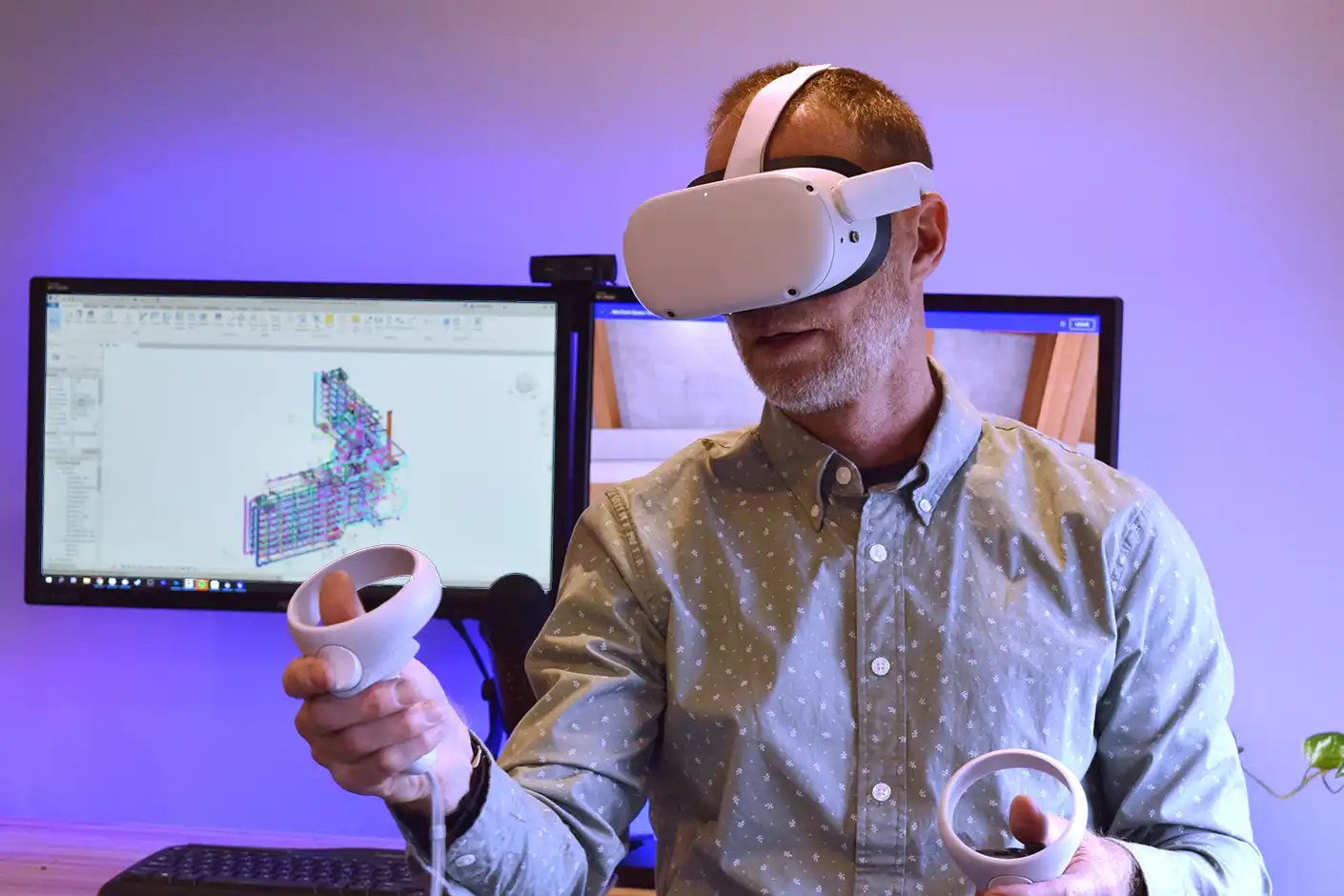
With emerging technologies like virtual reality, 2D architectural visualizations are simply not enough for conveying ideas. You can go one step further and actually be in the idea. In fact, it would be more convincing, surprising, and much more receptive if you do. The number of use cases of VR Glasses in architecture is increasing, making it an opportunity too valuable to ignore for architects. Here are some new VR Glasses that can create marvelous spatial experiences when used in architecture and design:
To some, the advent of the Apple Vision Pro started the ‘second iPhone’ era in spatial computing. But how does Apple Vision Pro prove that it is not just hype from loyal Apple users but rather a genuine advancement in spatial computing? With its ultra-high-resolution displays, advanced eye and hand tracking, and seamless integration with macOS. While the Apple Vision Pro is in its early stages, its potential in architecture and design is apparent.
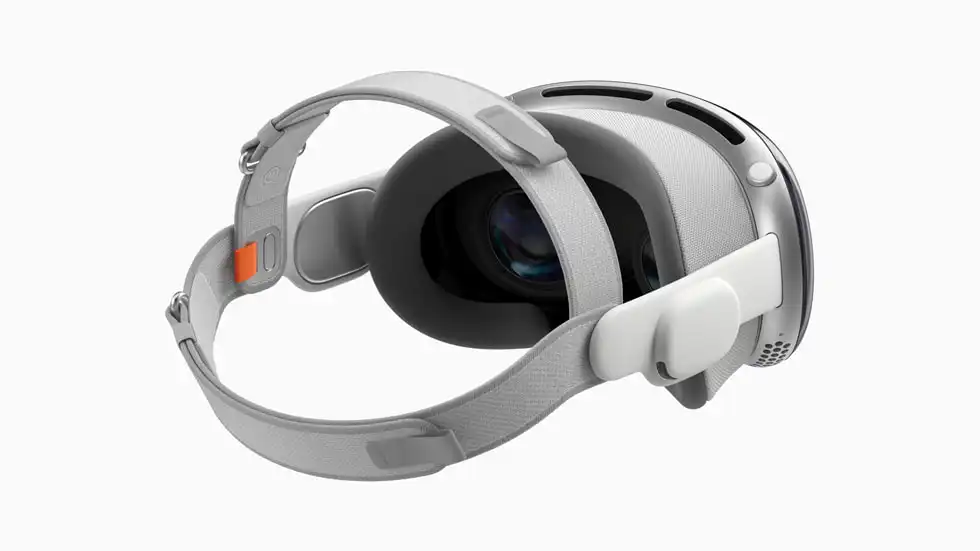
Apple Vision Pro
Architects and designers can use Apple Vision Pro to bridge between the physical world and the virtual world, enhancing the design process with instant reviews, collaborations, or on-site project visualizations.
iPad exclusively started the Sharp3D CAD tool, which has become popular recently and extended its applications to Windows and macOS, enabling Apple Vision Pro users to real-time 3D design and editing. They claim that with this integration, prototyping costs will decrease, and designers can test, refine, and perfect their ideas much faster.
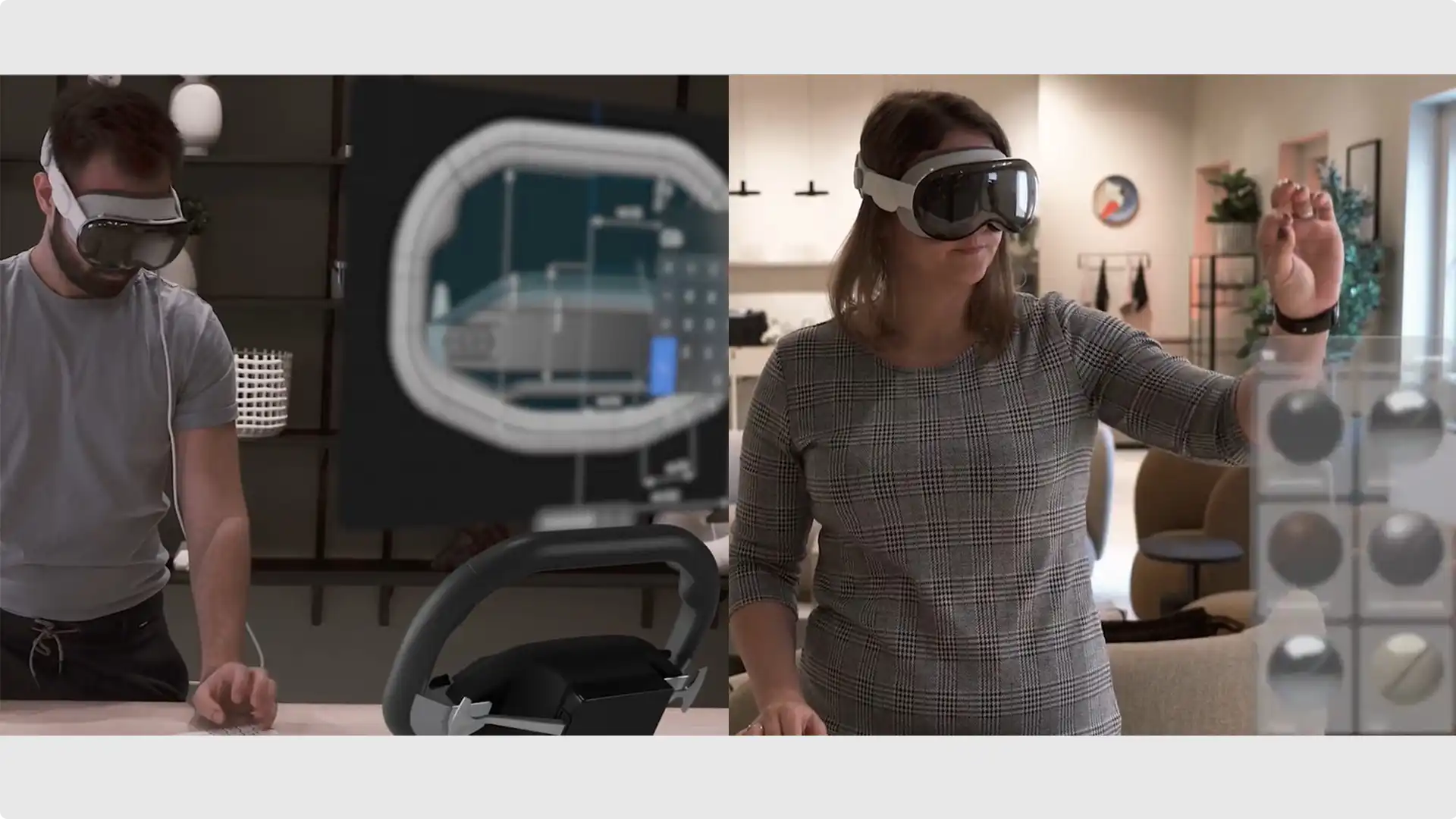
Sharp3D in use with Apple Vision Pro
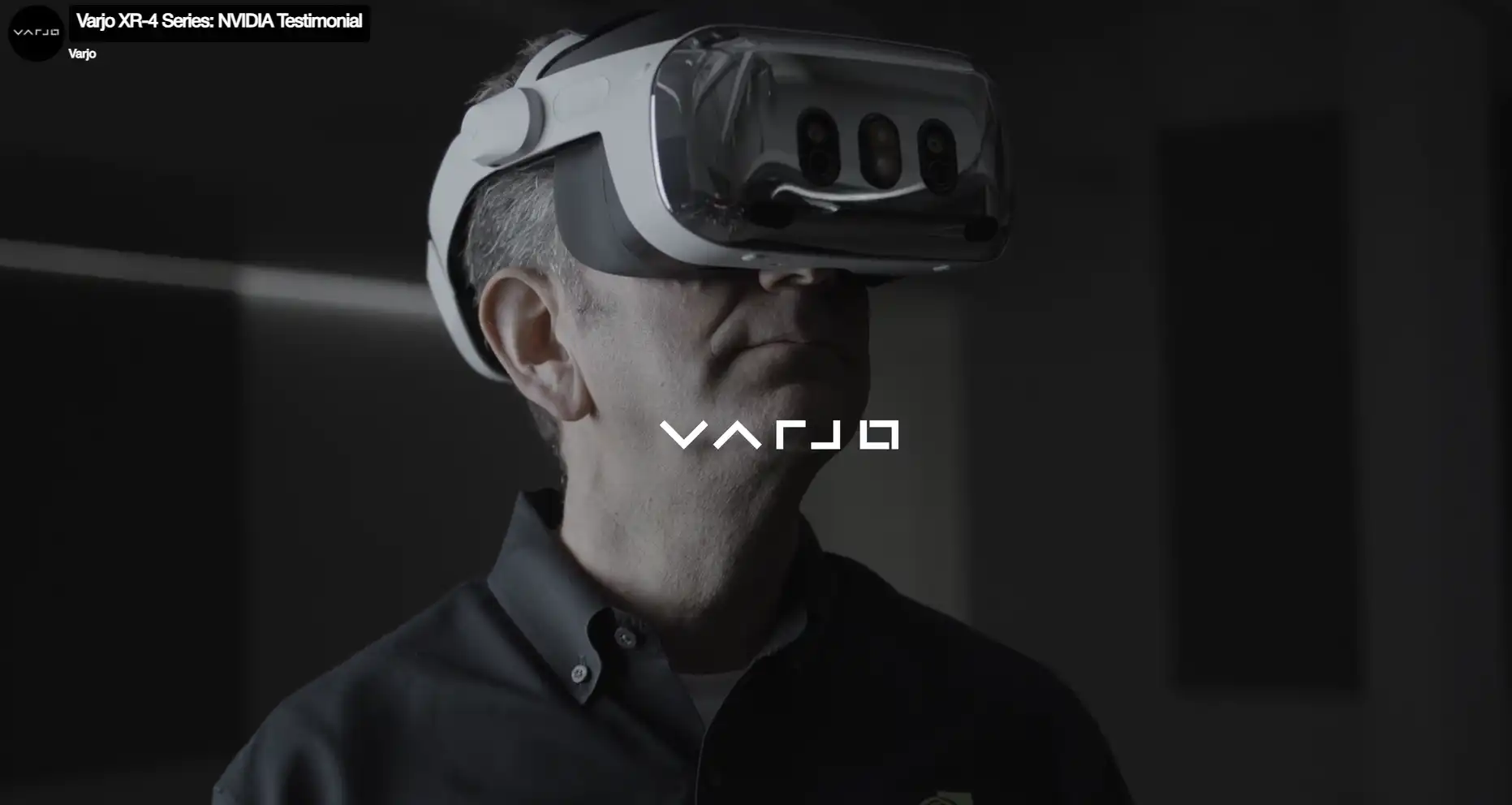
Varjo XR-4 Series
Varjo XR-4 offers the highest quality mixed-reality performance with industry-leading visual fidelity, revolutionary full-dome optics, superlative immersion in XR, advanced sensor fusion, and the opportunity to collaborate with others. It supports professional 3D platforms and software, including NVIDIA Omniverse, Unreal Engine, OpenXR, Autodesk VRED, Unity, PREPAR3D, and many others.
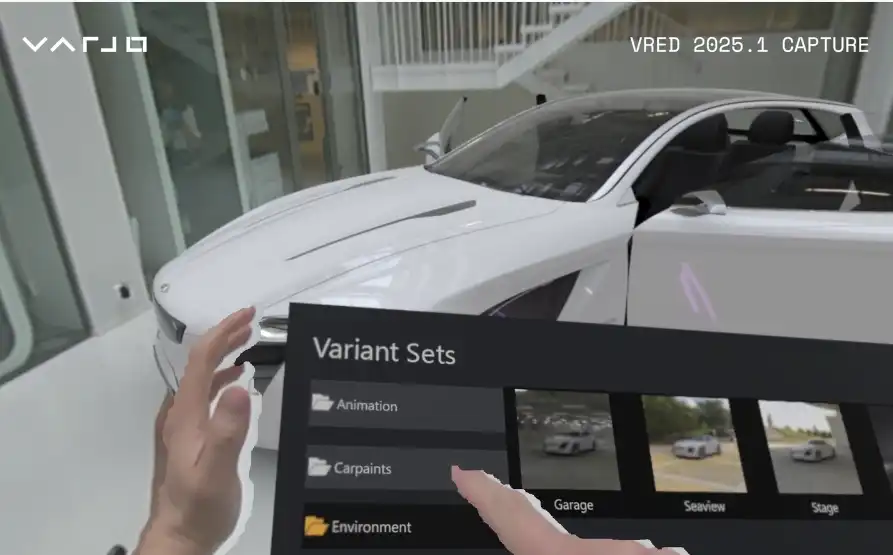
Varjo in Use, Automative Design
Autodesk VRED 2025.1 now supports the Varjo XR-4 series and ensures a seamless workflow for automotive designers, engineers, and marketing professionals. With this integration, Varjo XR-4 users will be able to use advanced features that open up precise and realistic design outcomes.
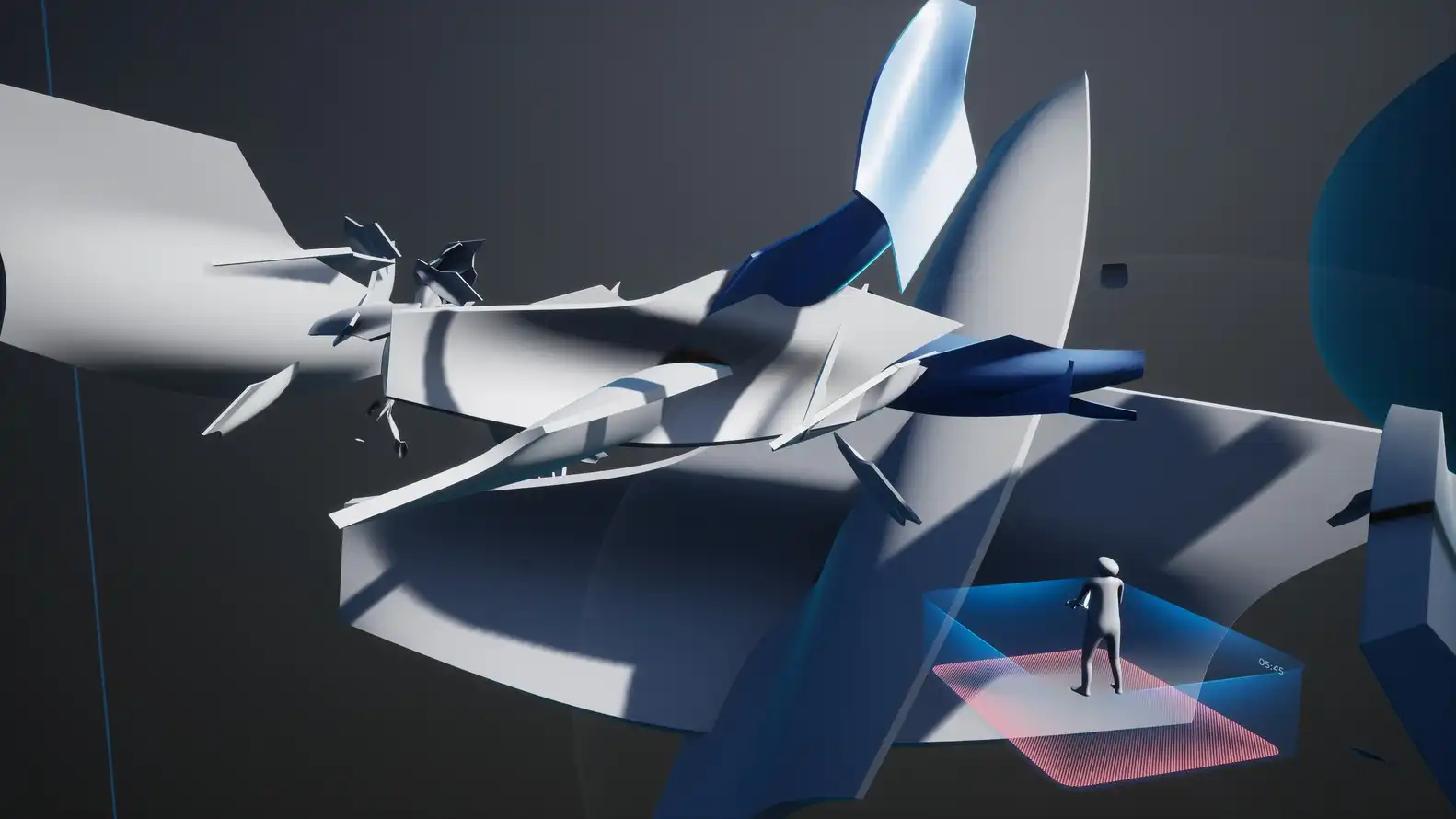
Zaha Hadid Architects, Project Correl
Virtual Reality Glasses from HTC Vive have already been used by the well-known architecture firm Zaha Hadid, Architects for Project Correl, to collaboratively experiment in virtual reality. This project was designed to be exhibited at MUAC, Mexico City, allowing visitors to collaborate and design a virtual structure that will grow with time and contribution. The visitors were given the chance to be immersed in a virtual environment and experience digital space to create digitally augmented design.
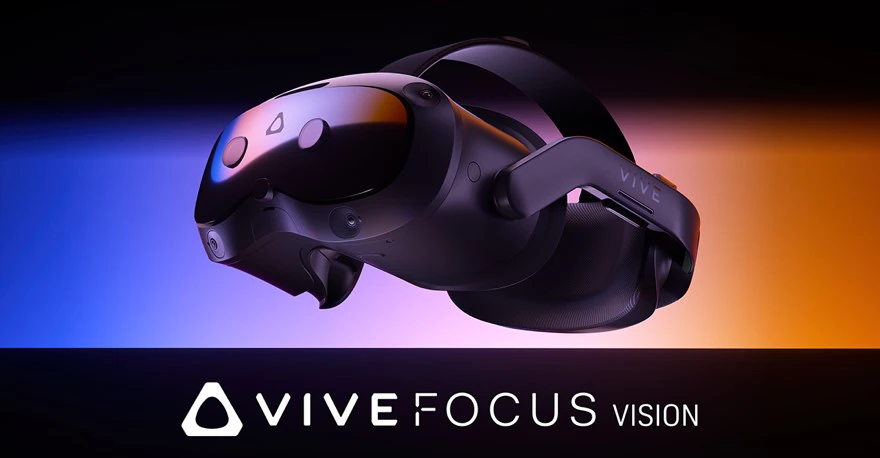
HTC Vive Focus Vision
The new award-winning HTC Vive Focus Vision offers improved visual clarity, ergonomic comfort, and enhanced interaction. HTC Vive Focus Vision is designed to be extremely light, which gives architects the opportunity to use it for virtual site walkthroughs. With seamless integration into industry-standard 3D software, architects and designers can use the VR glass with ease. HTC Vive Focus Vision also offers scene understanding powered by a depth sensor, which allows the user to interact virtually with surfaces and physical objects in the environment.
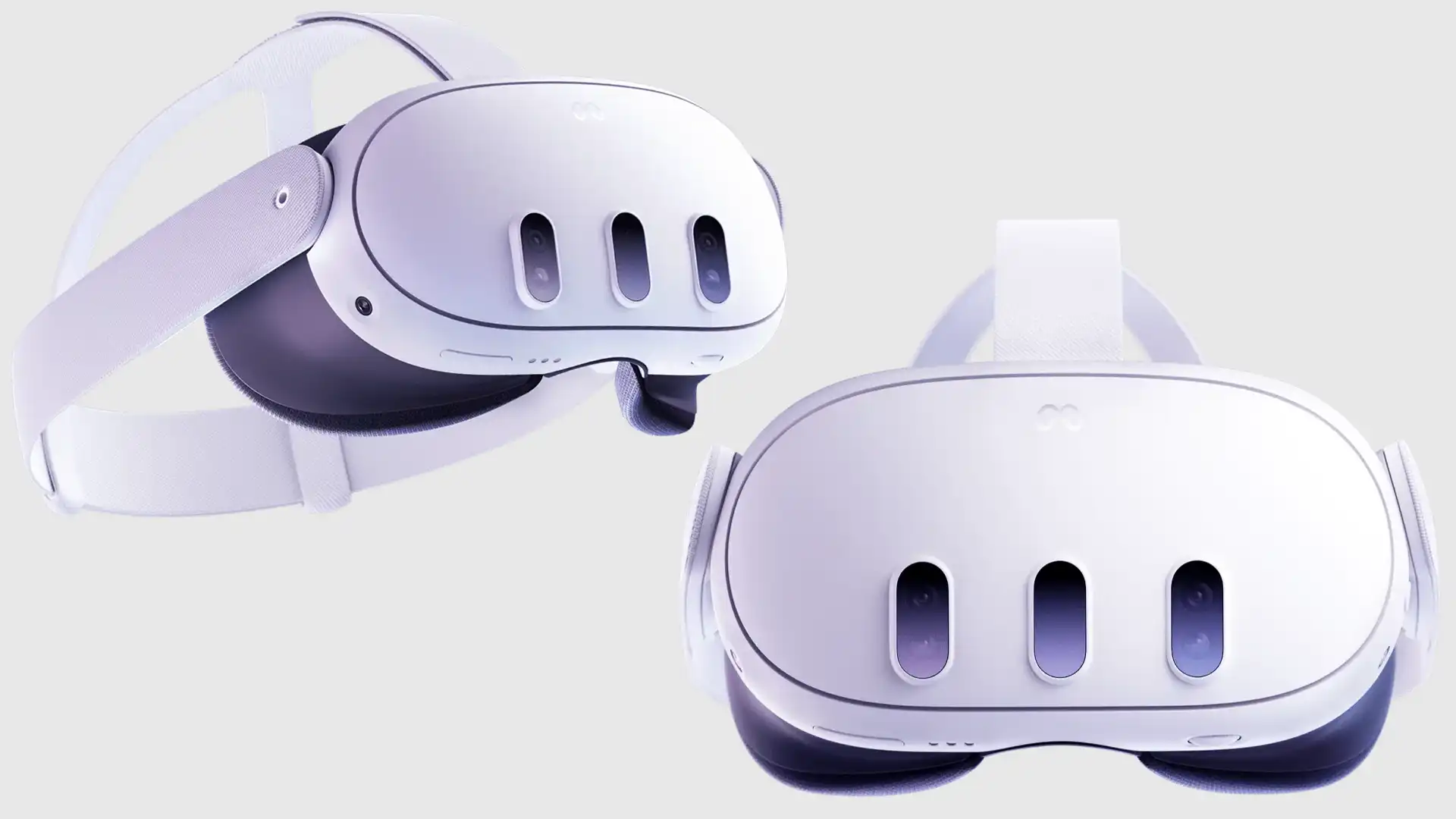
Meta Quest 3
Collaboration between Unity Reflect Review and Meta Quest 2 (Now available with Meta Quest 3S, Meta Quest 3, Meta Quest Pro, and Meta Quest) allows architects to create immersive experiences with their designs and constructions. It enormously helps with decision-making processes by providing a chance to make real-time changes and iterations along the way. You can collaborate with up to 25 people in real-time, having your co-workers with you throughout the process. It is smart to take a stroll before you start actually constructing your work!
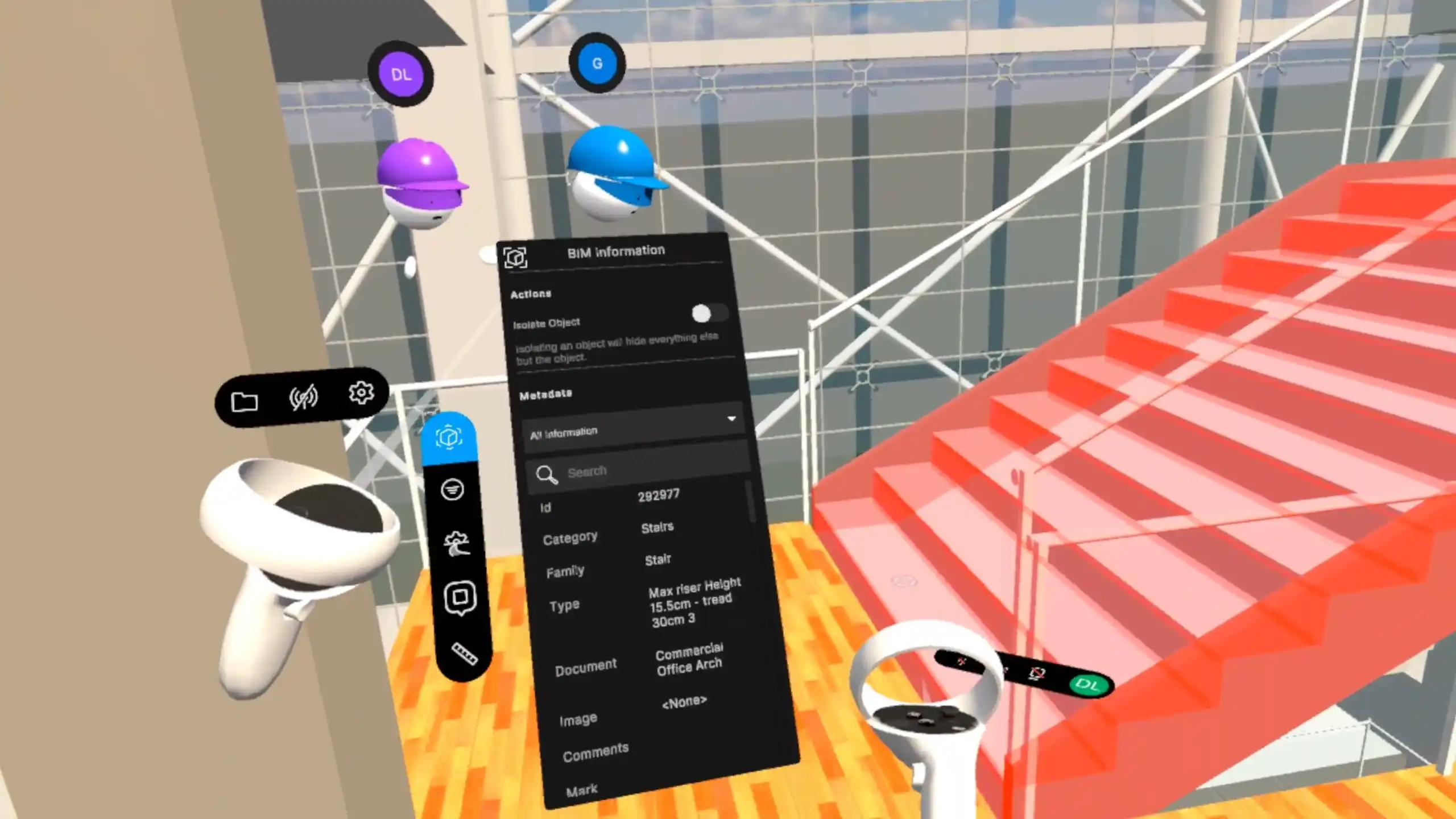
Collaborative Work, Meta Quest 2, Unity Reflect Review, Inside a Building Form
All these examples show that how we design in the future is going to change radically from traditional methods like paper and pen to 3D modeling programs and now virtual environments. These tools are all aimed at one cause: designing better products, buildings, spaces, environments, and experiences for humanity.
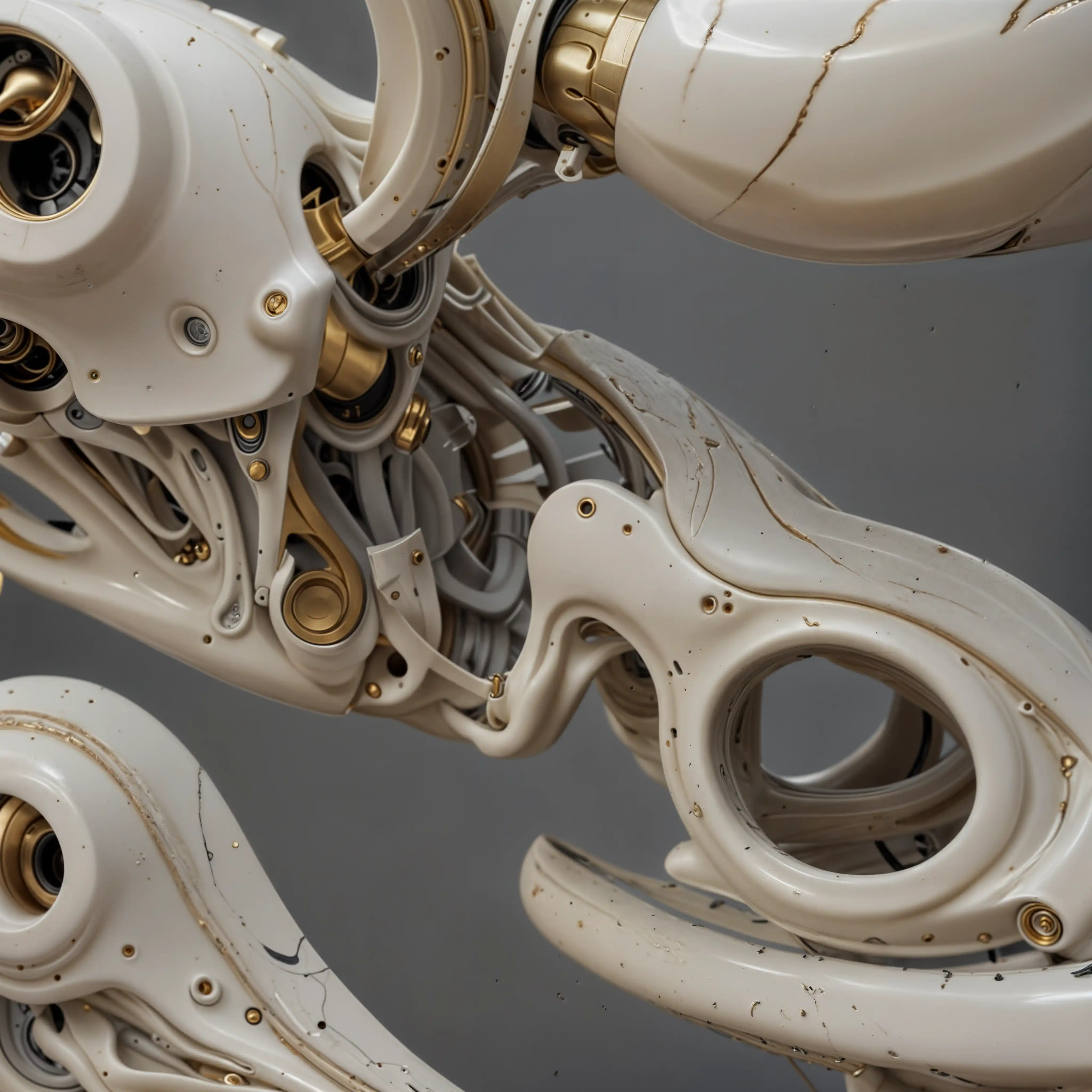
With Virtual Reality technology advancing rapidly, architects and designers have an unprecedented opportunity to elevate their creative workflows. PAACADEMY's Sculpture Synergy workshop dives into the transformative potential of VR for design, focusing on real-time sculpting, immersive ideation, and spatial storytelling.
As Virtual Reality technology grows, creators will play a key role in fully understanding and utilizing them as tools to create. By the end of this year, there will be many more examples of the uses of VR glasses in architecture and design. We cannot wait to keep you tech-lovers up to date!
-
Author: Şevval Mumcu
You must be logged in to comment.